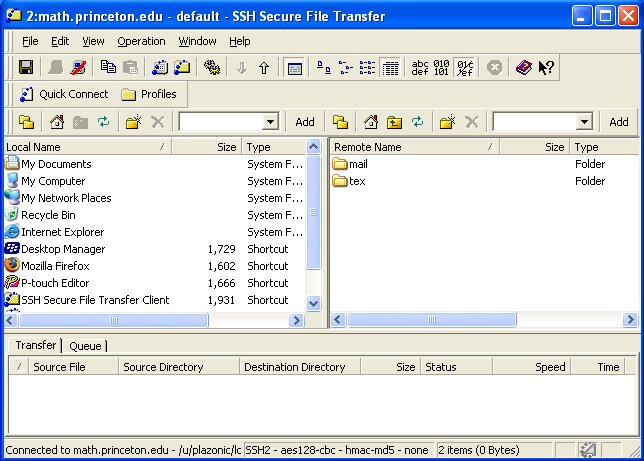

- SSH SHELL COMMAND FOR DELETING LETTER IN INSERT MODE FILE HOW TO
- SSH SHELL COMMAND FOR DELETING LETTER IN INSERT MODE FILE INSTALL
To do this though, we can’t just run the command while SSH’ed in normally because if your command works while ssh’ed into HA that does not mean it will work when run from HA via a command line sensor. Now that you have your ID file, lets test the command. But you should put it in /config so it is preserved over updates.

ssh if you don’t want to, I just like the consistency.

You don’t have to put it in a folder called. Instead I’d recommend telling ssh-keygen to store its generated ID file in /config/.ssh. So anything you do have stored in /root in the HA container will be lost next update. Only specific folders such as /config and /share are preserved across updates, everything else is wiped clean. Even if you do get to /root of the actual HA container, don’t use it.root is not shared so anything you put in that folder while ssh’ed in like this is not visible to HA. The SSH & Terminal add-on is actually a different docker container then the HA application which means they do not share a filesystem, they only share specific folders such as /config and /share. It is not a shared folder between the docker containers.You should not store anything in /root for a few reasons: The default location for ssh-keygen is ~/.ssh which translates to /root/.ssh. However there is one key exception, do not store your key file in the default location. The easiest way to do this is just to ssh into HA (or open “Terminal” from the left side nav of your UI) and then follow this guide (or if you don’t like mine, search for “setting up password-less SSH” and pick the guide of your choice). So to start we need to generate an identity file. Since we’ll be running these commands from sensors or service calls, interactive SSH isn’t an option so we must go password-less (plus its a security best practice). The SSH & Web Terminal from the list of community add-ons set up and with protection mode disabled (this is necessary to be able to execute commands on specific containers, more on this below) Generating the id file
SSH SHELL COMMAND FOR DELETING LETTER IN INSERT MODE FILE INSTALL
It’s not useless in other install methods but it is going to talk about add-ons so those parts won’t be followable as is, you’ll have to adjust for your setup. Also these instructions are going to focus on users that installed HA via the Home Assistant OS and Supervised install methods as this is where I’ve seen the most issues. Note that these instructions could also easily apply to any of the command line integrations or shell command.
SSH SHELL COMMAND FOR DELETING LETTER IN INSERT MODE FILE HOW TO
The focus will more be on how to test correctly, how to set up the identity file and how to handle the known hosts file in a way that works with HA. To keep it simple I’ll use the same example from the documentation (getting CPU temperature) I’ll just run it over SSH. This guide will walk through the process of getting a command which ssh’s into another machine to get some simple data ready to be included in a command line sensor. I realized I’ve been almost copying and pasting my responses on these topics so it seemed like a good case for a community guide. I’ve noticed there’s a significant number of posts looking for help on this topic and the posters all seem to struggle with a few common issues.


 0 kommentar(er)
0 kommentar(er)
